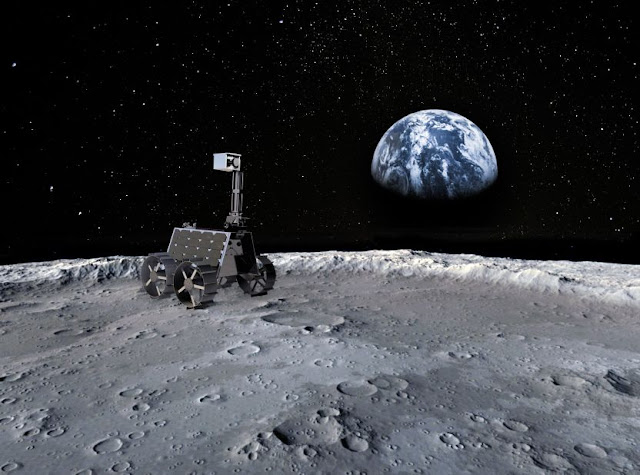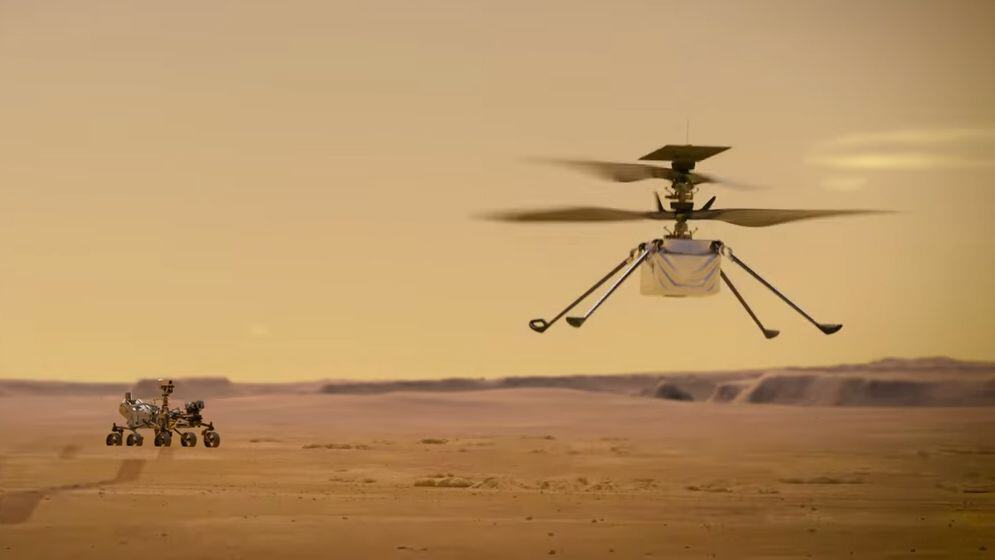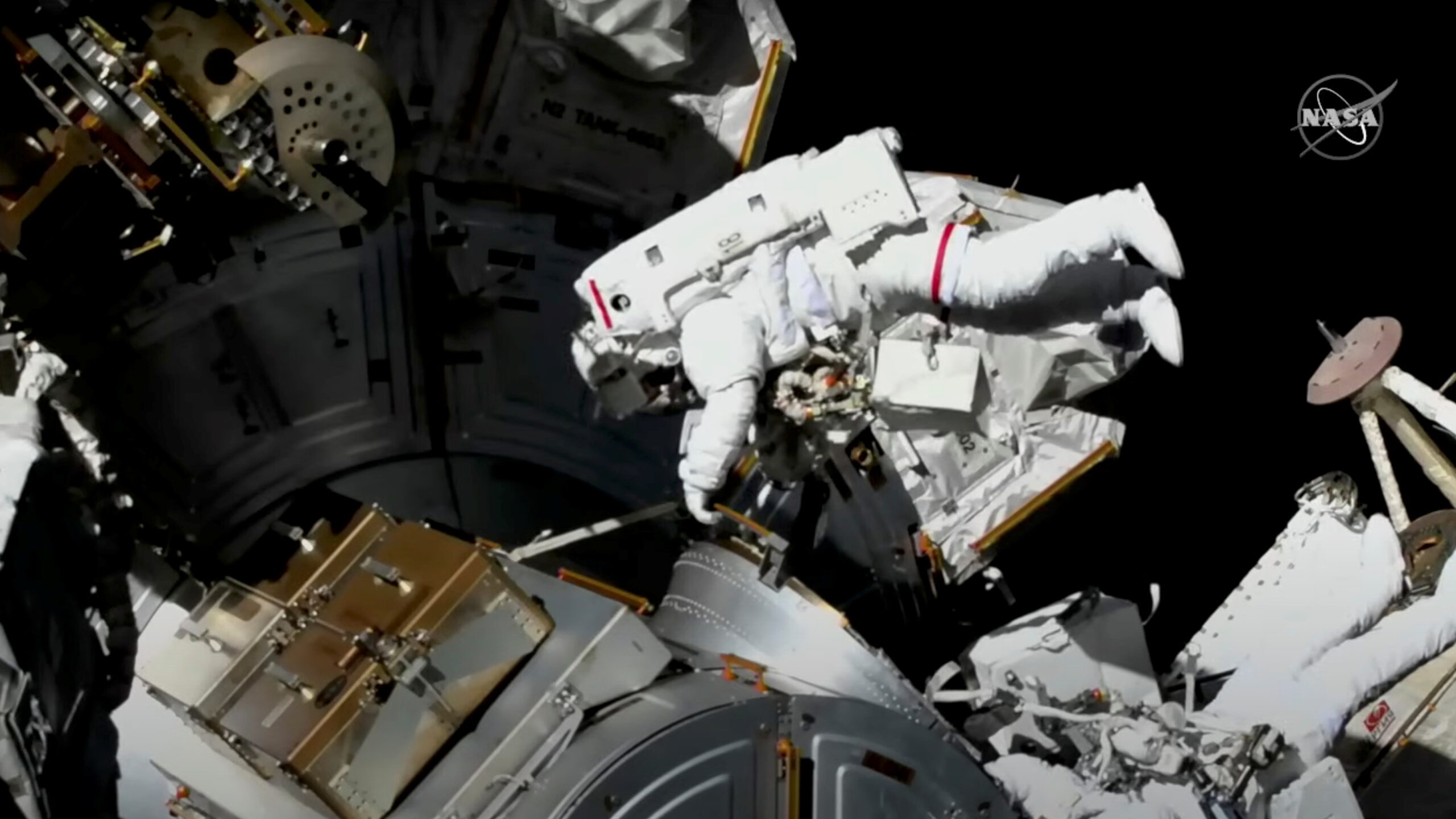A very rare metallic asteroid is hiding between Mars and Jupiter, and it’s worth more than the entire global economy, according to researchers and observers.

Recently, the Hubble Space Telescope gave researchers a closer look at the space object, worth an estimated $10,000 quadrillion according to the mission’s leader at Arizona State University, CBS reported.

A new study published in The Planetary Science Journal examines the asteroid ’16 Psyche’, which is one of the most massive objects in the solar system’s main asteroid belt. 16 Psyche orbits between Mars and Jupiter, about 230 million miles from the Earth. It measures about 140 miles in diameter — approximately the size of Massachusetts.
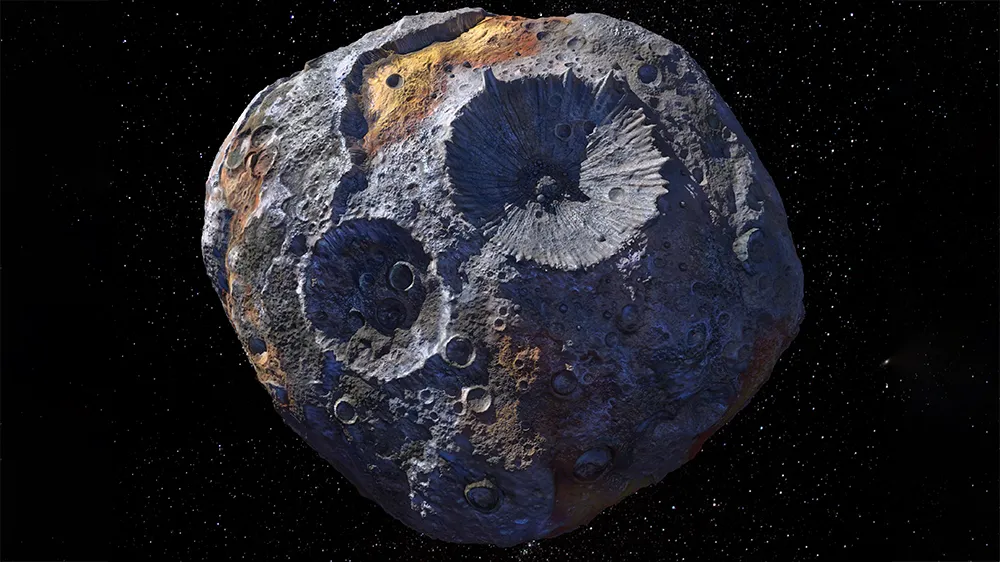
Typically asteroids are made of rocks or ice. But what sets 16 Psyche apart is it’s mostly made out of metal, which the scientists believe is due to the leftover core of a planet that never succeeded in forming, or what’s called a “protoplanet.”
Check out this article:
A new study has given us a closer look at 16 Psyche, a rare metallic asteroid worth an estimated $10,000,000,000,000,000,000 https://t.co/QLuO9pYIUF pic.twitter.com/OpxWaQHJoT
— CNN International (@cnni) October 31, 2020
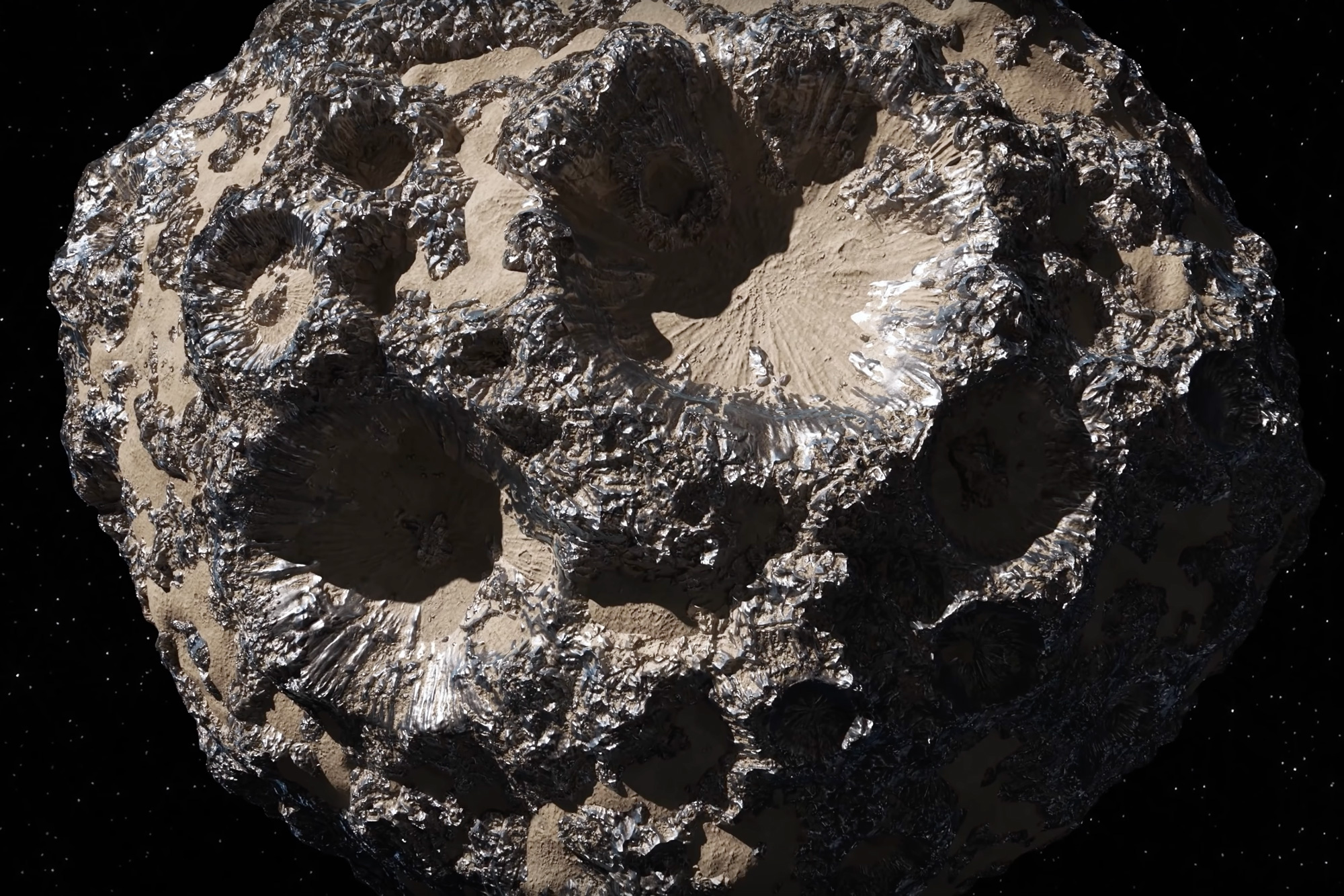
The study signifies the first ultraviolet (UV) observations of the metallic asteroid. New data reveals the asteroid may be made entirely of iron and nickel which is found in the solid centers of planets according to the scientists.
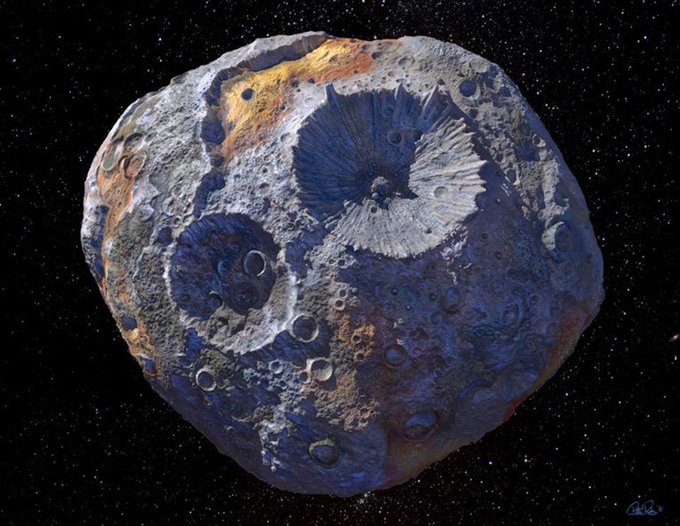
We’ve seen meteorites that are mostly metal, but Psyche could be unique in that it might be an asteroid that is totally made of iron and nickel,” lead author Dr. Tracy Becker said in a statement.
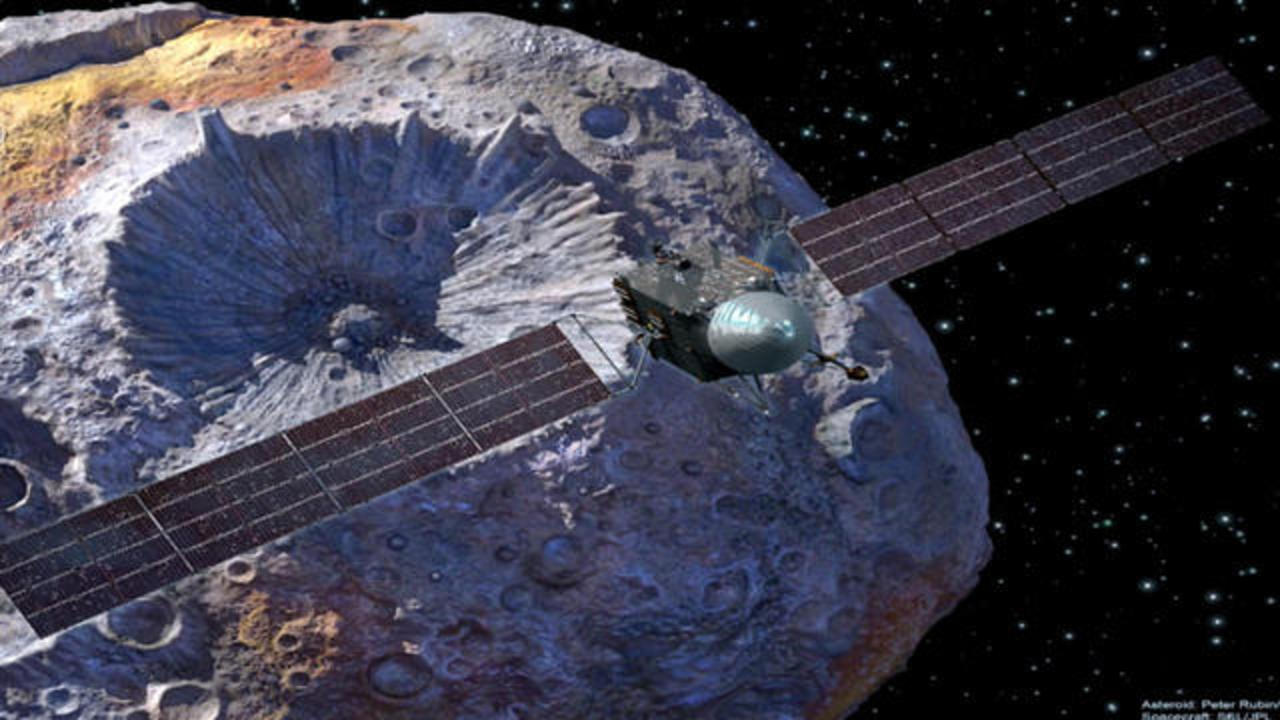
“Earth has a metal core, a mantle, and crust. It’s possible that as a Psyche protoplanet was forming, it was struck by another object in our solar system and lost its mantle and crust.”
Hubble’s ultraviolet observations are providing new, more complete views of the massive, metallic asteroid Psyche. Studying Psyche might help us learn more about the cores of planets! From @SwRI: https://t.co/tP9I58CV9G
(Image courtesy of Maxar/ASU/P. Rubin/NASA/JPL-Caltech) pic.twitter.com/03DrkP06WW
— Hubble (@NASAHubble) October 26, 2020
